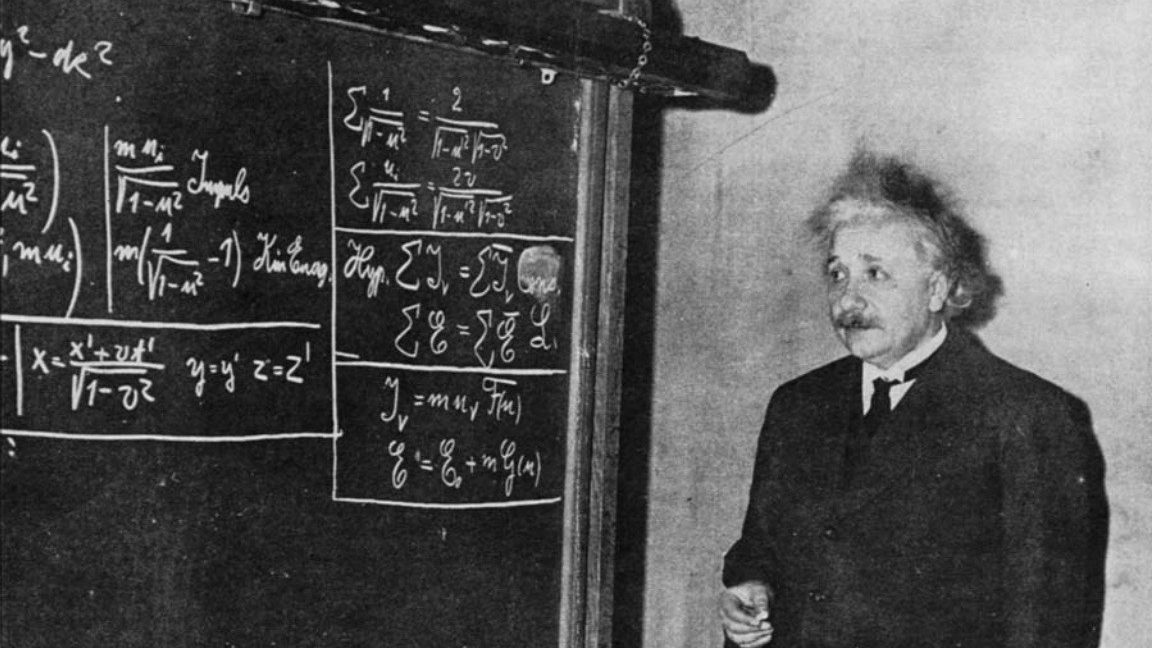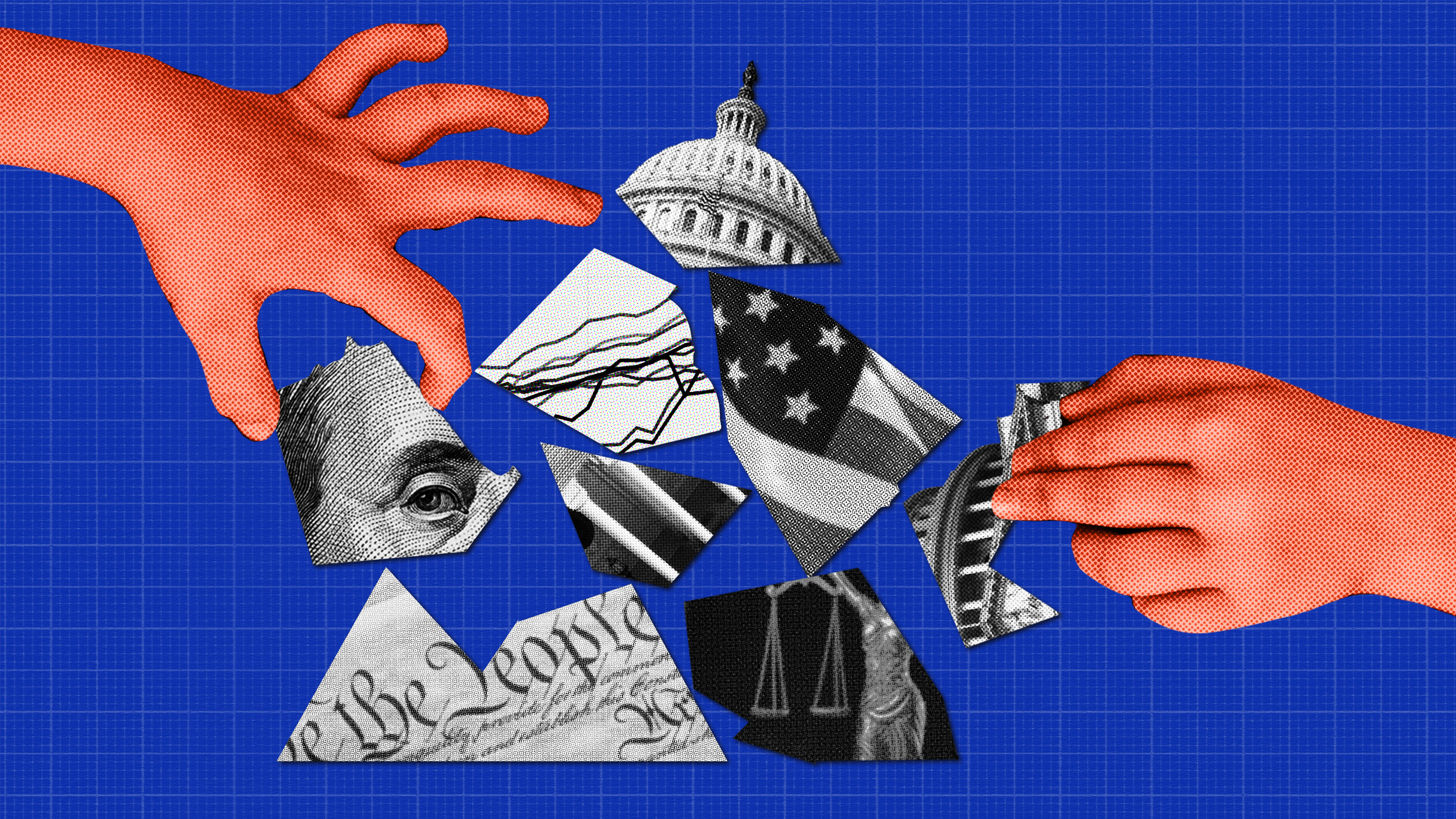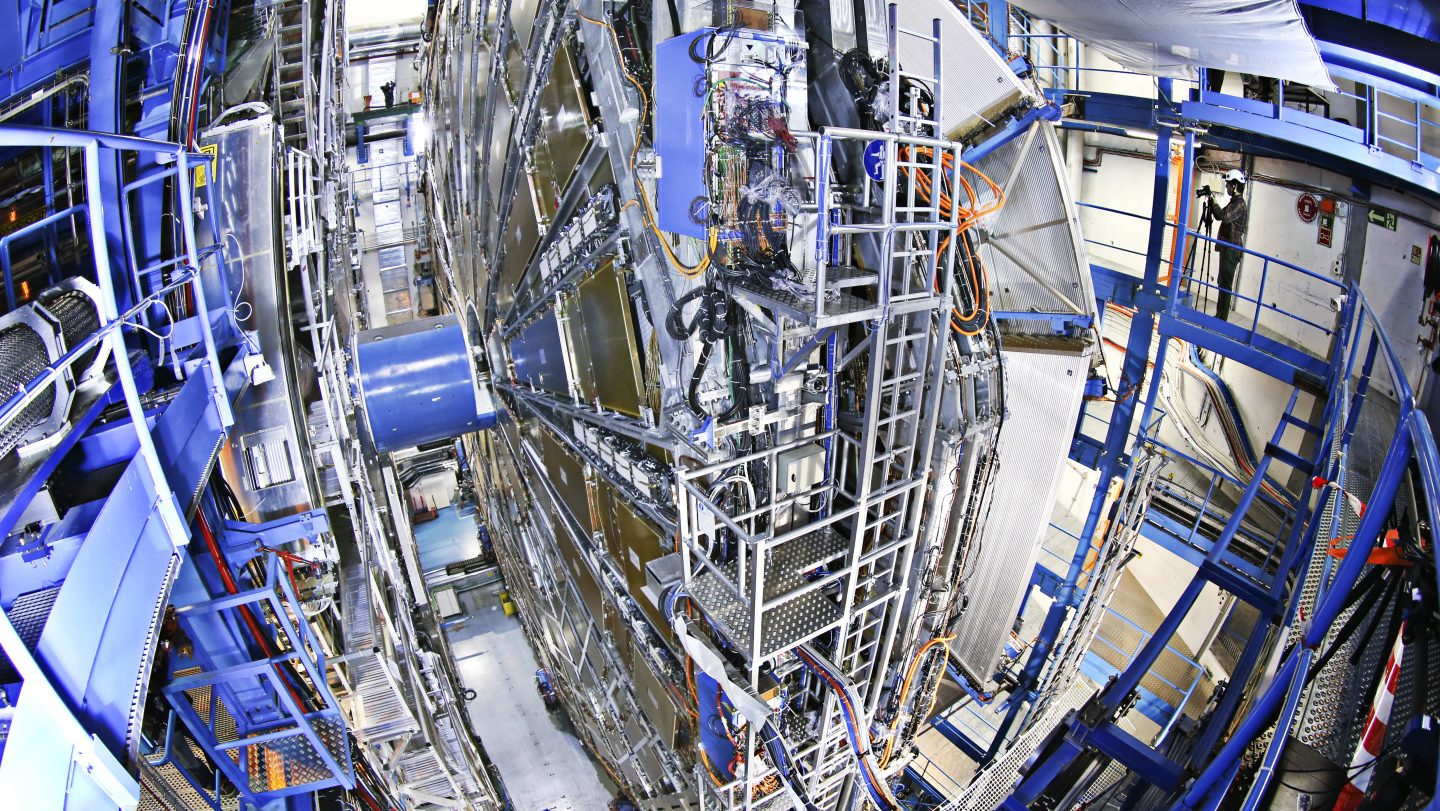What does “technology integration” mean?
This question is at the heart of a dissertation one of my advisees is undertaking. In fact, she successfully defended the proposal today (congrats, Jennifer!), so I thought I’d share some thoughts on this while the ideas are fresh in my mind.
The genesis of the study was my observation that I had heard the term “technology integration” used regularly, had read a lot about it, and had even studied it, but did not really have a firm grasp of what it really meant. A quick review of the literature made it clear that most of those who studied and/or wrote about technology integration failed to define or operationalize the term. Furthermore, where there were efforts to define technology integration, those definitions varied greatly and were either too vague or too narrow (in my opinion).
For me, this was enough justification for a study that would systematically create an operational definition of technology integration. But, most of the discussion at today’s dissertation proposal hearing revolved around why such a study was important. In other words, why is it important to create a theory/model/definition of technology integration? My advisee did a nice job of addressing these sorts of questions, and ultimately a number of reasons were discussed. Certainly, there are empirical reasons for creating an operational definition of technology integration. That is, for those of us that study technology integration, it would be helpful to have a comprehensive framework or template or lens to use. For the world of educational practice, though, the main justification for this study is that clarity and/or understanding leads to action. Or, vice versa, a lack of clarity and/or understanding can stifle action. So, the argument goes, if we want technology integration to happen (and we do!!!) it is important to provide teachers and administrators with a clear and comprehensive road map or picture of what technology integration looks like.
Interestingly, the Superintendent of the district in which my advisee works has convened a technology roundtable to revisit/revise the district’s “Technology Integration Plan,” which, itself, fails to really define what is meant by technology integration. So, this study will satisfy the requirements for a dissertation for my advisee, but the findings will also become a real reference piece for the district’s technology plan. I love when dissertation work has real and practical implications.
Ultimately, the theory/model/definition of technology integration that comes out of this dissertation will emanate from the data yielded through a deep and systematic review of the literature. However, I have some biases going in. One major bias is that I think a theory/model/definition of technology integration must be broad and comprehensive. My sense is that most educators and researchers think too narrowly about technology integration. For some, the focus is on access and infrastructure (i.e. we’ve integrated technology if we make it a part of our teaching and learning space). For others, the focus is on curriculum and teaching (i.e. we’ve integrated technology if it is used to support teaching and learning in the content areas). For me, technology integration includes both of these aspects…and more. According to the American Heritage Stedman’s Medical Dictionary (as referenced on dictionary.com), integration is defined as, “[t]he state of combination or the process of combining into completeness and harmony.”
I hope that the theory/model/definition of technology integration that comes from this study takes into consideration notions of completeness and harmony. I look forward to seeing what the data say and to sharing what my advisee and I learn.




